Finding ways to save energy and reduce expenses has never been more important, but it doesn’t have to be challenging!
Fortunately, making your home more energy-efficient doesn’t have to mean heavy investments in new technology or costly renovations.
Below are ten straightforward, budget-friendly strategies that can help you save energy and money. If you’d like to hear more energy advice and efficiency tips a tailored to your specific living conditions, apply here for support from the LEAP Energy advice service.
Sealing the gaps around your windows and doors can combat unwanted draughts and significantly reduce heat loss.
- Improved thermal comfort within your home.
- Reduced energy required to heat or cool your home, leading to significant cost savings.
Reducing your home’s temperature by just one degree can cut your heating bill without compromising comfort.
- Up to 10% reduction in heating costs, providing significant yearly savings.
- Less energy consumption contributes to environmental sustainability.
Placing aluminium sheets or radiator reflector panels behind radiators, especially on exterior walls, can prevent heat from escaping.
- Increased efficiency of radiators by reflecting heat back into the room.
- Quick and cost-effective way to utilise existing heat better.
- Enhances overall energy efficiency with minimal effort and expense.
A simple swap to a low-flow shower head reduces hot water usage without sacrificing water pressure.
- Substantial savings on both water and energy bills.
- Reduced environmental impact through lower water and energy consumption.
A dripping tap can waste a surprising amount of water over time, increasing both water and energy bills, especially if it’s hot water!
- Eliminating leaks can save hundreds of litres of water a year.
- Minor repairs can lead to significant savings on water heating.
- Enhances water conservation efforts.
LED bulbs consume up to 75% less energy than traditional bulbs and last significantly longer.
- Immediate reduction in electricity bills.
- Lower energy consumption reduces carbon footprint.
- Less frequent need for replacements saves additional costs and resources.
Utilise daylight as much as possible to reduce reliance on artificial lighting.
- Reduced electricity usage for lighting.
- Natural light can improve mood and productivity, providing non-energy related benefits.
Running dishwashers and washing machines with full loads on energy-saving settings maximises efficiency.
- Significant savings on water and electricity.
- Prolongs appliance life by reducing the number of cycles.
- Contributes to a more sustainable lifestyle by using resources wisely.
Keeping your freezer and fridge free from ice build-up ensures they operate efficiently.
- Appliances work less hard, reducing energy consumption.
- Maintains optimal functionality and extends the lifespan of the appliance.
- Prevents potential damage and avoids costly repairs or replacements.
If you have a conventional boiler, lowering your boiler’s flow temperature to around 65 degrees safely prevents excessive heating without sacrificing comfort.
- Prevents wastage of energy on overheating water.
- Can significantly lower the portion of energy bills associated with water heating.
- Balances comfort with conservation effortlessly.
Try these ten strategies out at home! They may have a profound impact on your home’s energy efficiency and your living expenses. By making small, manageable changes, you can enjoy a more comfortable, environmentally friendly, and cost-effective home.
For more detailed advice and personalised recommendations, book a LEAP Energy Advice call to explore more ways to save.


